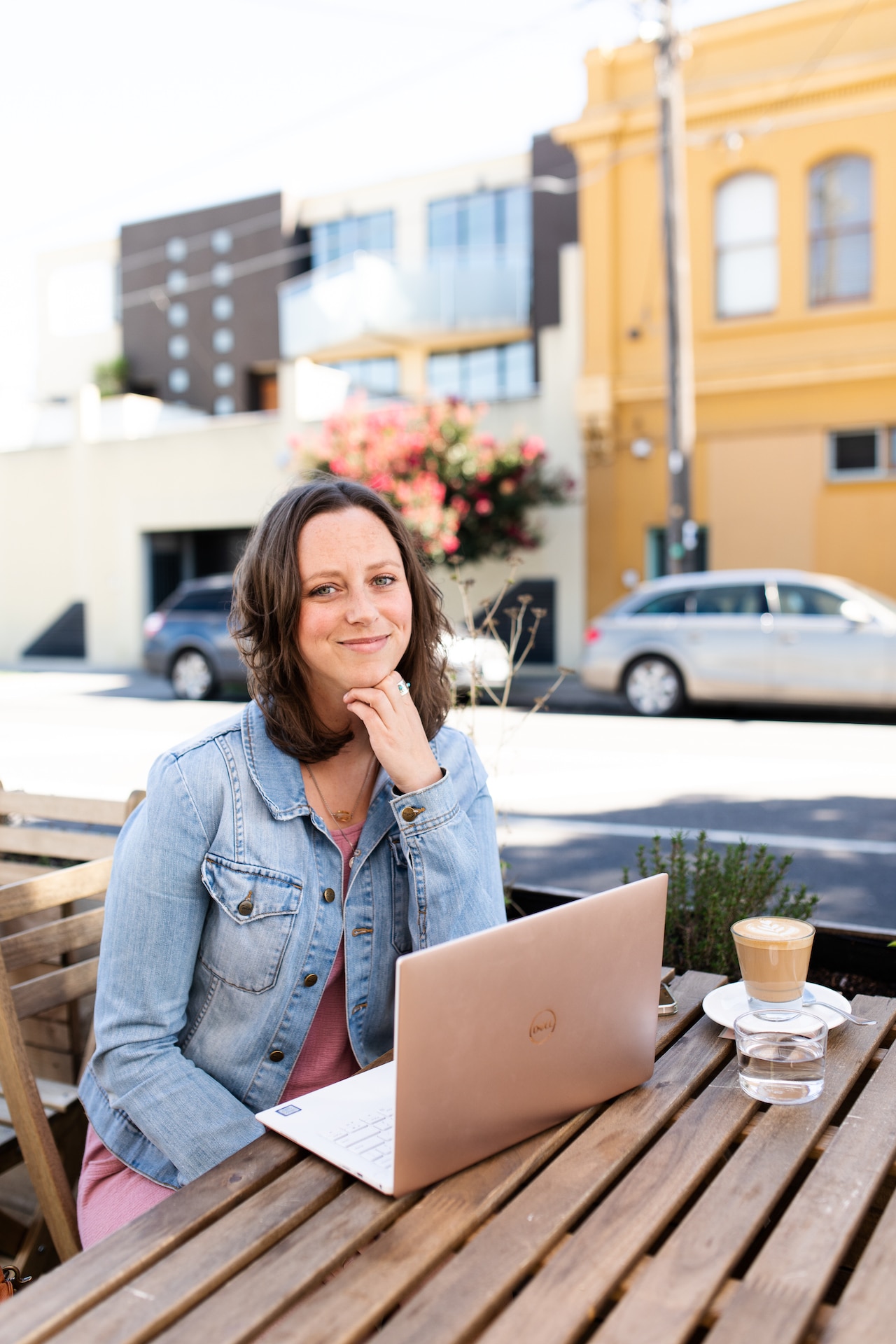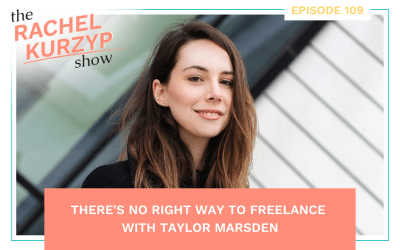I try and take a solo creative retreat at least twice a year. I use this time to focus on my own personal projects and to explore creative ideas. I’ve tried and failed to work on creative pursuits at home. If you’re like me and need to distance yourself from your everyday life to play, then this post is for you.
Taking a creative retreat doesn’t have to be expensive. You don’t need to do buy an all-inclusive mastermind package in Bali. It also doesn’t have to be hard work. You don’t need to create a lifetime body of work. And you don’t need to surround yourself with other creative people you’ve never met. You can create your own solo creative retreat in any part of the world you like.
So what are you waiting for? Turn your out-of-office on and get creating. See you on the other side!
Here’s how to DIY a cheap and effective solo retreat
Stick to a budget but don’t go super cheap
Being able to take time away for a creative retreat for me is a necessary luxury but a luxury all the same. So I’m always working with a tight budget. I’ve learnt how to keep my expenses low and make the most of flight and hotel deals. And I’ve also learnt that going super cheap like dirty walls and broken shower head cheap isn’t worth it.
Creating isn’t much fun when you’re freezing cold and rationing your tea bags. I normally base my budget on what I’d spend if I was at home, plus I add a little buffer so I can treat myself to a cocktail or room service. If you’re dying for a creative retreat but you’re finances are tight, I suggest using the majority of your budget to pay for basic but clean and comfortable accommodation and dividing the rest between transport and food. Eating at home can be enjoyable but save you a lot of money, while a fancy drink with an umbrella won’t make you forget that your room smells like mold.
Travel at least 3 hours away from your home
If your brain is anything like mine, it sometimes needs a push to get out of its ‘everyday mode’ and into creative mode. No matter how hard I try I can’t be deeply creative at home in my office. It’s not until I get out of my comfort zone that my brain starts questioning things and forming ideas. That’s why I always travel at least three hours away from my home so I’m not surrounded by anything familiar.
I do most of my creative retreats overseas but obviously due to time and financial constraints that’s not always possible. However, I treat all my retreats in the same way like taking the train to get to my destination or taking my trusted travel suitcase. There’s something about the process of moving away from my house and into the unknown that gets me excited to create.
Prep in advance or dedicate a few days to planning
If you want to tick a few creative pieces off your list, it’s best you plan ahead. Spend a few days thinking about what you’d like to achieve during the retreat. Then gather all the materials you need and complete any research.
The only writing pieces I work on during my creative retreats are ones that are in draft mode ready to be written. I don’t do any interviews or Googling during this time. The same goes for my fiction pieces. I have my structure laid out and I’ve already developed my characters. This way, I can focus on writing and not get distracted (or in my case be lazy and avoid the hardest part). It’s easy to get stuck in the planning phase and leave yourself no time to do the creating. So limit planning to 1-2 days at most.
Take your favourite downtime material
Downtime is often an afterthought because we tell ourselves that our creative retreat is all about creating. In reality, you can’t be creating every minute of the day even though you want to. That’s why I plan my downtime and it’s something I look forward to.
I normally save up my favourite podcasts, books and TV shows and devour them while I’m away. If I’m planning on writing in a particular genre or style I make sure some of my downtime material is within that genre e.g. crime thriller or autobiography to help me get in the mood for when I sit down to write. Nothing’s worse than watching BBC or ABC News 24 for a week straight because you didn’t plan on vegging out.
Create a space where you can get stuff done
Nothing beats drinking a cocktail in the sun by the pool, am I right? But let’s be honest here, no one actually does their best work in a hammock. Or on the beach (sand in your keyboard is a bitch). Or at a bar. These are the places you retire to after a long day of working at a desk in your hotel room.
If you want to get stuff done you need to create a working space. This means, at the very least, you need a chair, desk and Wi-Fi. I generally work from my hotel (or Airbnb) room so I can set up my space how I like. I also choose places that have a fridge and basic cooking facilities so I can make my own food and coffee.
Before you book a space, take a look around your current working environment and think about what you need to do your work. Also, think about your working habits. If you like to go for a morning jog or have an afternoon cuppa outside while you scroll through Facebook, find a space that allows you to do these things.
Spend time outside exploring and meeting people
A lot of people believe you need to isolate yourself to be creative (picture a log cabin in the woods) but I find I do my best creative work when I can talk to people and explore my surroundings. While I can only write when I’m alone and in a quiet place, I need movement and noise to process my ideas.
It’s OK to want to get outside to stretch your legs and enjoy a glass of wine. There’s no point chaining yourself to your desk and torturing yourself in the hope of creating something of substance (I’ve tried this approach and all I walked away with was a blank page). Listen to your body and pay attention to your mood. If you’re in the zone, great, keep going. And if you’re not, take a break.
If you enjoy bouncing around ideas with others, head to a co-working space, attend a networking or cultural event or meet up with other creatives in your area. That way you can socialise while still keeping your head in the ‘work’ zone. Plus, you never know who you might meet and what collaborative opportunities you may find.
Put aside time to reflect before going back to the ‘real world’
You’ve done the work (high five!), and now it’s time to pack your bags and head back to your life. But before you do, take a couple of hours to reflect on what you’ve achieved and learnt. And most importantly, how you’re going to take these learnings and incorporate them into your everyday life.
How many times have you attended a course or mastermind retreat and told yourself that you’d look at your to-do-list on Monday but have never gotten around to it? I’m guilty of that too. Don’t let all your hard work fizzle out. Making little changes to your routine, or creative processes or goals will ensure you keep moving forward.
Who wants to go on a DYI solo creative retreat and why? Let me know in the comments.
Featured image from Pexels.





